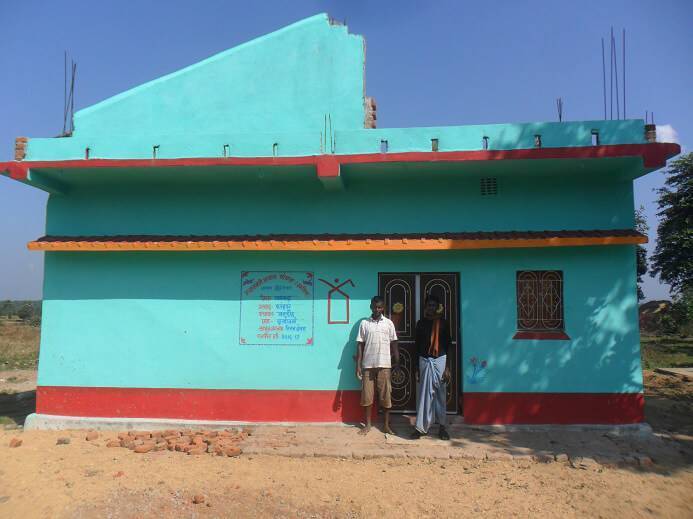The Uttar Pradesh Rural Development Department has made significant progress toward its housing goal under the Pradhan Mantri Awas Yojana (Gramin) (PMAY-G). The department achieved 13% of its target for the year 2024-25 in the first five months, constructing 9,435 houses out of the 70,834 homes planned. As of January 2, 2025, 44,294 houses have been sanctioned, with 22,325 beneficiaries registered. This progress comes after an extension of the scheme, which was given more time to meet its ambitious goals.
The PMAY-G scheme, introduced to provide affordable housing in rural India, has played a critical role in improving living standards in rural areas. Over the past seven years, it has benefited millions, with more than 35 lakh houses allocated in rural regions, and another 20 lakh in urban areas. Despite this success, the current year’s performance has been slower than anticipated. In the previous financial year (2023-24), the department exceeded its target by constructing more than 1.41 lakh houses against a target of 1.44 lakh. Similarly, in 2022-23, over 8.49 lakh homes were built, surpassing the target of 8.58 lakh. However, the pace of construction has slowed considerably this year, due in part to slower beneficiary registrations.
One of the key reasons for the slow pace this year is the slower-than-expected registration rate. Despite efforts to identify eligible families through surveys and the Awas Plus mobile app, only 22,325 beneficiaries have formally registered. These delays have been attributed to the complexities involved in identifying the most deserving families, as well as the extensive verification process. The state government had earlier rolled out a survey to identify beneficiaries, and this continues to be updated regularly through the Awas Plus app, which is a major tool in ensuring transparency and accountability. The government is keen on ensuring that assistance is provided to those most in need, but challenges persist.
The PMAY-G scheme, originally designed to meet the “Housing for All” goal by 2024, was extended by the government to 2028-2029 due to the continued demand for affordable housing. The extension gives the government more time to complete the housing construction, allowing more families to benefit from the program. In light of this, the central government has allocated Rs 3.06 lakh crore for the scheme, with Rs 2.05 lakh crore from the Centre and Rs 1 lakh crore from state governments. This financial commitment underscores the importance of the scheme in achieving the broader goal of rural development and social welfare.
The scheme was restructured in 2016 to replace the Indira Awas Yojana (IAY), which had been criticized for issues such as lack of transparency, poor-quality construction, and inadequate monitoring. PMAY-G aimed to address these gaps by using the 2011 Socio-Economic and Caste Census (SECC) data to select beneficiaries. The process of identifying beneficiaries has been made more transparent, and the gram sabhas now verify the selections. This ensures that only the poorest families, those who lack access to adequate housing, are chosen. The government has made it a priority to ensure that the houses are not just built but also meet basic standards and are structurally sound.
This year’s slower progress can also be attributed to the ongoing efforts to refine the system of house allotment. As of January 2025, the department is focused on ensuring that the registered beneficiaries’ details are accurate and up to date. The government has reiterated its commitment to completing the remaining housing within the time frame by focusing on faster construction methods and greater participation from contractors. The department’s goal is not just to meet its housing target but to ensure that the houses built are of a high standard, which aligns with the objectives of PMAY-G.
The slow pace of construction this year, however, is expected to pick up speed in the coming months, given the government’s continued focus on infrastructure development. The housing scheme is considered a critical element of rural development in Uttar Pradesh, and the state government remains focused on its completion. As more houses are completed, the benefits will be evident in the improved quality of life for rural residents, who will gain access to secure, permanent housing.









.png)